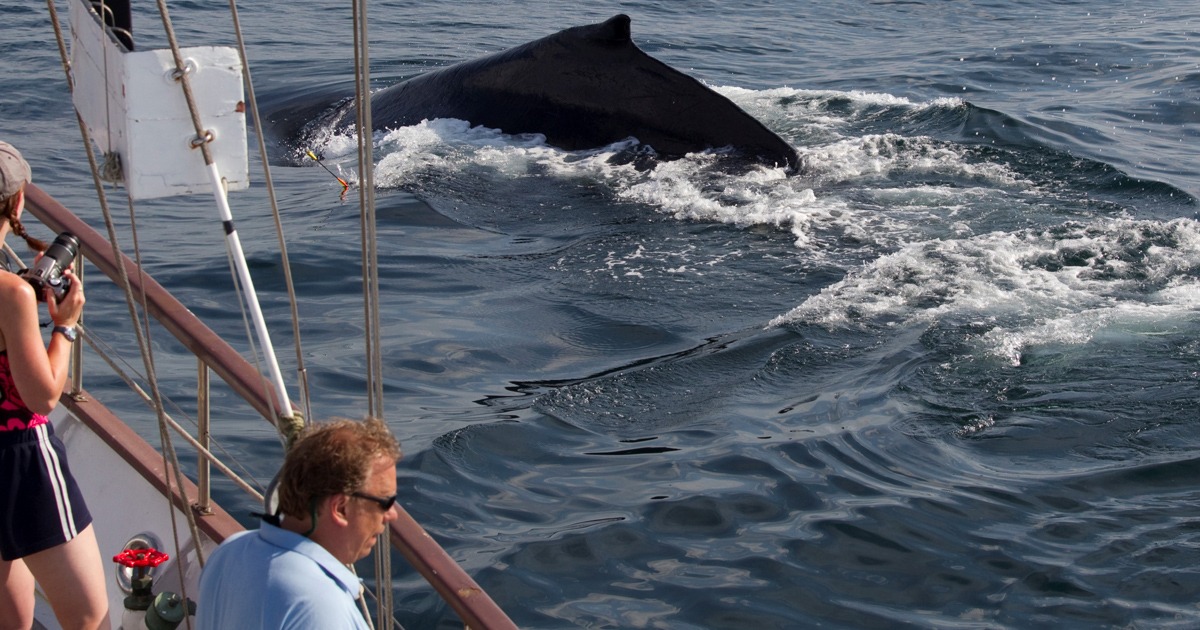Chronic exposure to a form of the metal chromium can both damage a person’s DNA and prevent the repair of that damage, potentially increasing the risk of cancer, according to NIEHS grantee John Pierce Wise Sr., Ph.D.
With support from an NIEHS Revolutionizing Innovative, Visionary Environmental Health Research (RIVER R35) award, Wise’s research team has shown that exposing lung cells to a type of chromium known as hexavalent chromium disrupts the number and the arrangement of chromosomes, leading to a condition known as chromosome instability. Several types of cancer, including lung cancer, have been linked to these changes.
“We have this societal misperception that if people would just stop smoking, we wouldn’t have a lung cancer problem,” said Wise, a professor of pharmacology and toxicology at the University of Louisville. “But even if you eliminated smoking, lung cancer would still be the seventh leading cause of cancer death, and one of the biggest classes of chemicals that contribute to lung cancer are metals.”
What whales can tell us
Wise has investigated the link between chromium exposure and chromosome instability in several organisms, including humans, rats, and multiple whale species. So far, he’s found that exposures in whales appear to be less harmful than they are in humans.
After collecting blood and skin samples from whales exposed to chromium in the wild, Wise found that a high level of the metal causes DNA breaks but doesn’t block DNA repair as it does in humans. Although it’s impossible to know exactly how the animals were exposed, there is evidence of chromium in their cells, he explained.
“We have found levels of chromium in whale skin that resemble the chromium levels in lungs of chromate workers who died of chromium-induced lung cancer after 20-plus years of occupational chromium exposure,” said Wise. “Although we cannot specify which form of chromium the whales are exposed to reach the levels we see, it is most likely hexavalent chromium.”

The whales’ ability to recover and avoid the chromosome instability that can lead to cancer is intriguing from a scientific standpoint, he said, and something his research team will explore further. They are also analyzing how the chromosomes of American alligators respond to chromium exposure and will report their findings in a forthcoming paper. Understanding how different species avoid developing cancer from chromium exposure could help scientists develop targets for preventing lung cancer in humans, he said.
Freedom to explore
Wise received the NIEHS RIVER (R35) grant in 2021. He said that the funding’s flexible nature has broadened the types of research questions he can pursue, leading to key discoveries.
“The NIEHS RIVER program is intended to support environmental health science researchers who have demonstrated a broad vision and the potential for continuing their impactful research using the flexibility and stability in funding that the R35 mechanism provides,” said Jennifer Collins, who directs the NIEHS program.
She added that an allowance of up to eight years of substantial funding and the freedom to pivot as needed under broad research goals instead of specific aims makes this program unique.
For more information about the recently posted RIVER notice of funding opportunity and to apply, see related Funding Facts story.
(Lindsay Key is a contract writer for the NIEHS Office of Communications and Public Liaison.)
Source link
factor.niehs.nih.gov

